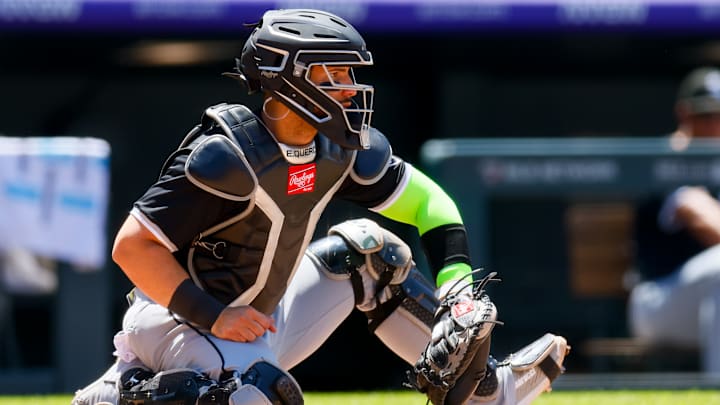Beginning next season, Major League Baseball will implement the Automated Ball-Strike (ABS) Challenge System across the regular season and postseason.
Each team will receive two challenges per game, with the ability to keep them if successful. Only pitchers, catchers, or batters may initiate a challenge, which must be signaled immediately after the pitch with a tap to the hat or helmet.
If a game extends into extra innings, teams will be granted an additional challenge should they have none remaining.
The system, powered by multiple Hawk-Eye cameras and a private 5G network, reviews the pitch in real time. If any portion of the baseball crosses the personalized strike zone rectangle, it is ruled a strike.
A graphic confirming the ruling will appear on the scoreboard, with the process taking roughly 15 seconds. While umpires will still call balls and strikes as normal, the ability to challenge instantly eliminates many of the borderline calls that historically rewarded skilled pitch framers.
Why ABS matters for Chicago White Sox catchers
Catching defense has long been defined by pitch framing, the subtle ability to present borderline pitches in a way that influences the umpire.
For the Chicago White Sox, this has been a weak spot in 2025. Rookie catchers Kyle Teel and Edgar Quero do a lot well, but they both grade poorly compared to their peers in framing.
Strike 'em out, throw 'em out double play to end the inning 😤 pic.twitter.com/Ru9xLzgMNs
— White Sox on CHSN (@CHSN_WhiteSox) September 20, 2025
The arrival of ABS reduces the importance of that skill. Instead, the defensive focus will shift toward other aspects of the job. Success will depend on how well a catcher controls the running game on the base paths and how effectively he calls the game from behind the plate.
These responsibilities are areas where both Teel and Quero have already shown encouraging progress.
Teel and Quero have positive defensive traits
Edgar Quero has demonstrated significant growth in his ability to control the running game. He keeps runners uneasy on the basepaths and has already back-picked multiple opponents this season. His timing and feel for situations give him the ability to change the course of an inning or game with his arm.
With ABS about to be introduced, there is optimism that Quero can bring the same focus to other areas of his defense and continue to develop into a more complete catcher.
DON'T SLEEP WHEN EDGAR QUERO'S BEHIND THE PLATE 😤 pic.twitter.com/XtWuWQOMIx
— White Sox on CHSN (@CHSN_WhiteSox) August 2, 2025
Kyle Teel has shined in different ways. One of his greatest strengths is his ability to command a pitching staff at such a young age. He already sets the tone in meetings and on the field, projecting the presence of a player far more experienced.
While his statistical profile places him around league average defensively, that number overlooks the value of Teel's on-field leadership. Teel directs the defense with confidence, and his energy behind the plate keeps both pitchers and fielders engaged from the first pitch to the last.
Numbers behind pitch framing
Statcast’s “called strike percent” highlights the challenges Teel and Quero have faced on the edges of the strike zone this year.
Edgar Quero must be pumped pic.twitter.com/PcLxAOm4xi
— Sean Anderson (@Sean_W_Anderson) September 23, 2025
Teel hovers close to league norms in several categories and even exceeds them slightly just beyond the zone, while Quero consistently trails behind. Statcast reflects this difference, grading Teel around neutral while Quero sits at -12 framing runs on the year.
Under ABS, however, these discrepancies matter far less because calls on the corners can be appealed and corrected instantly.
Depth behind the plate
The White Sox now have a stable of young catchers they are comfortable deploying. With Teel and Quero both under 24, the front office has the luxury of developing two promising players in parallel.
Korey Lee adds to that depth as well. He continues to work behind the plate but has also taken on outfield reps, even appearing in left field during a recent game when roster moves left the Sox short on defenders.
That kind of versatility makes him a useful third option and gives the coaching staff more confidence in keeping all three involved.
In an era where ABS reduces the pressure to find elite framers, the Sox can lean into the complementary strengths of their catching group. The introduction of ABS will not erase every responsibility for catchers, but it will shift the focus.
For Teel and Quero, whose weakest trait has been pitch framing, that change is a welcome one. As the league embraces automated strike calls, the White Sox’s young catching tandem appears ready to grow into a more complete role behind the plate.
